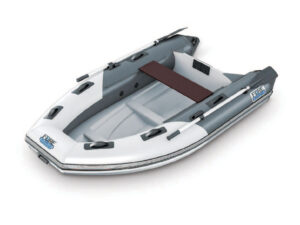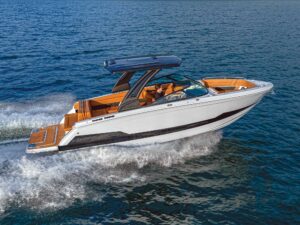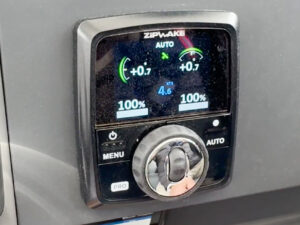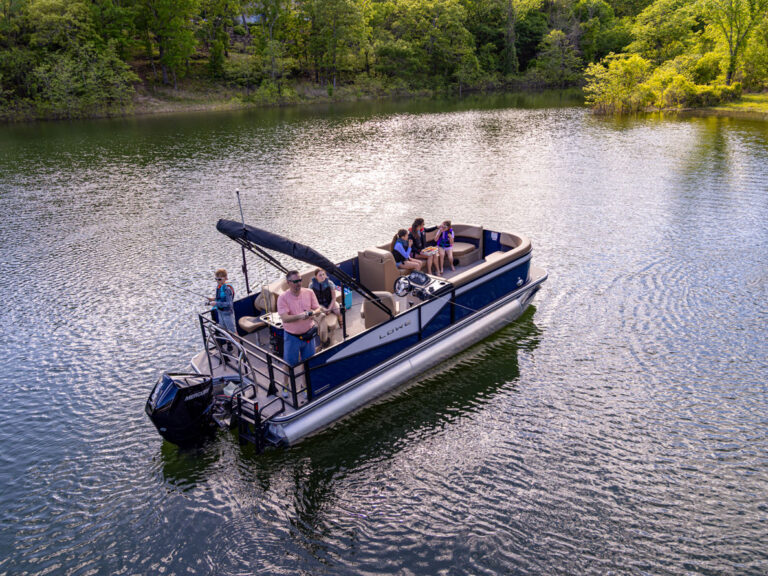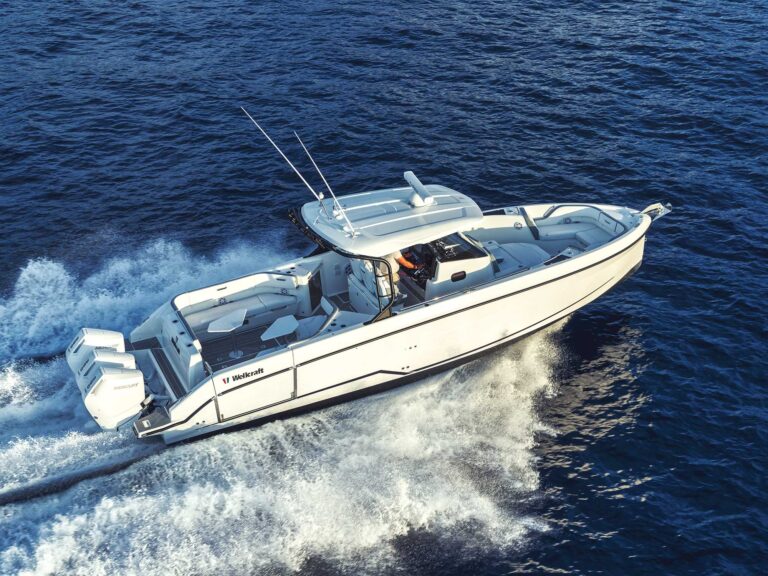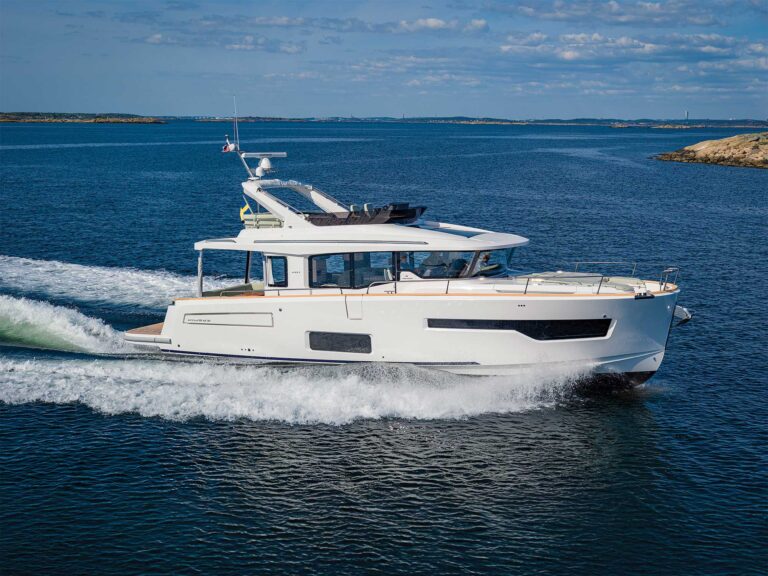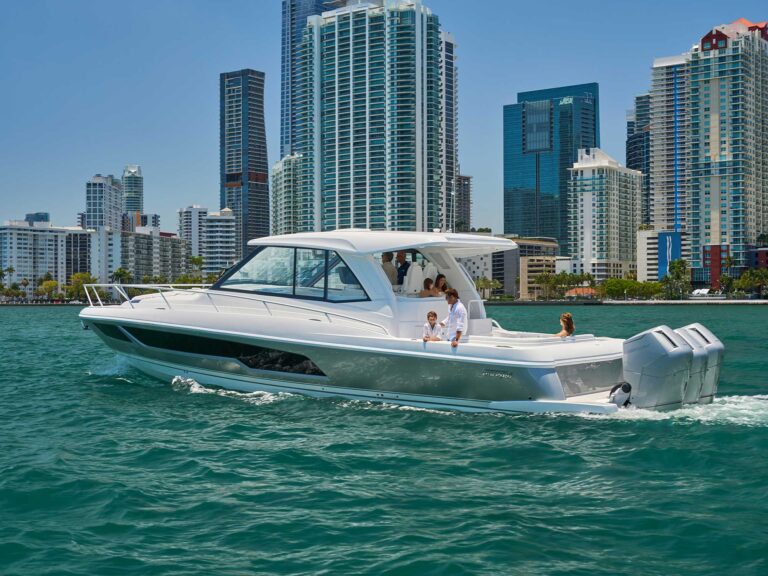
The worst possible time to learn proper EPIRB (emergency position indicating radio beacon) deployment and activation is in the middle of an emergency.
Prudent seamanship dictates that you rehearse the procedures. You have an EPIRB, right? If not and you venture offshore, get one. A manual Category II EPIRB, such as the rescueME EPIRB1 by Ocean Signal, is affordable ($349.95, thegpsstore.com).
With a new EPIRB in hand, follow the manufacturer’s instructions to register it with the NOAA Search and Rescue Satellite-Aided Tracking website (sarsat.noaa.gov) so that rescue personnel can identify your vessel when they receive an emergency signal.
Quick deployment starts with deciding the best place to keep your EPIRB. Most EPIRBs come with mounting brackets. “To keep it simple, mount the EPIRB within arm’s reach from the helm,” says Nichole Kalil, media and public relations lead at ACR Electronics.
Many captains choose to stow the EPIRB in a ditch bag. In this case, you want the ditch bag within arm’s reach.
If you mount your EPIRB in an auto-release case such as the ACR Sea Shelter 3 Category I bracket ($259, unitedsar.com), it must be upright on a vertical surface or with the lid up on a horizontal surface. Make sure the case is mounted where water immersion won’t accidentally trigger release. The location should be free of overhead obstructions so the EPIRB can float to the surface following auto deployment and it won’t get trapped inside should the boat sink, swamp or capsize.
ACR suggests mounting the Sea Shelter 3 case on top of a hardtop or on an exterior cabin bulkhead. Keep in mind that the hydrostatic mechanism requires periodic replacement — every two years for the Sea Shelter 3.
Category I brackets can also be manually released (as can Category II brackets), and this might be preferable in an abandon-ship situation because it allows you to grab the EPIRB, activate it before the boat goes under, and keep it close rather than allowing it to float away. Learn and practice how to manually release and activate your EPIRB using the device’s test function. Some units, such as the ACR GlobalFix iPro ($469.99, westmarine.com), also allow advanced self-testing using ACR’s 406Link.com and, at the same time, send a test message via text or email. This also tests the battery.
A paid service plan ($39.95 annually) is required. It could be money well spent, allowing you to practice a vital procedure before an emergency when knowing precisely what to do could ensure the survival of you and your crew.
Category I EPIRB brackets: These offer automatic deployment when a vessel sinks. Some Category I brackets/cases tend to be larger, and it can be difficult to find a place to mount them on smaller boats. The EPIRB can also be manually released from a Category I bracket.
Category II EPIRB brackets: These require manual release of the EPIRB in an emergency. The EPIRB can be activated while still in the bracket. Such mounting systems tend to be more compact and better suited to those boats where mounting space is limited.
Ditch Bag EPIRB pockets: A floating ditch bag such as the ACR RapidDitch Express Bag ($47.95, thegpsstore.com) features an exterior pocket to stow an EPIRB yet allow quick access in an emergency. You can also stow additional safety gear inside the bag.

